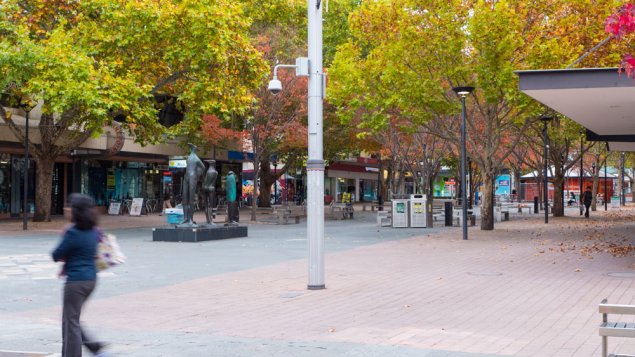
Several decades ago, the centre of Canberra provided a very different shopping experience. Civic was a series of pedestrian plazas with a small complex named The Monaro Mall. In 1989 this mall was enlarged to become the first Canberra Centre.
( This article was originally posted on RiotACT)
There were howls of protest at the time about how the government’s deal to sell off land would result in a commercial venture that would block Ainslie Avenue.
In the end the property lobby won the day and the government sold the car park and part of the street (now there’s an idea – sell off more streets!). The Centre went ahead and the major axis from the London Circuit up Ainslie Avenue was no longer. Canberra had a box mall plonked right into the city’s commercial and social heart.
Years later, the ACT Government sold off the car parks to the west to allow the Canberra Centre to expand further (some things never change). Residents protested that Civic was designed to be a set of open plazas and that having an even larger big box mall would destroy the ambience of Civic, being a popular place to wander about and to shop for nearly everything including hardware. Again, the property lobby won the day (things really never change).
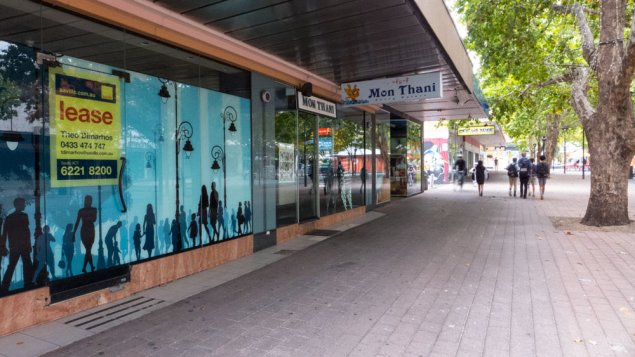
Small businesses also protested, as they were worried that the large mall would maul the surrounding shops. They were right. The open plazas have never been the same. Over the last decade there have been many closures and many lingering ‘For lease’ signs. Unfortunately, Garema Place descended into the centre for crime in Canberra.
Today the main pedestrian areas of City Walk, Garema Place and Petrie Place have loads of good things as a result of public spending on public art, landscape design, furniture and trees. That arm of the government is to be congratulated.
However, even allowing for the cold weather during these last weeks, the open areas are seriously devoid of people and activity. The whole place feels shabby. Even the officially sanctioned graffiti and painted artworks add to the desolation as they compound the unfriendly nature now prevalent around Civic.
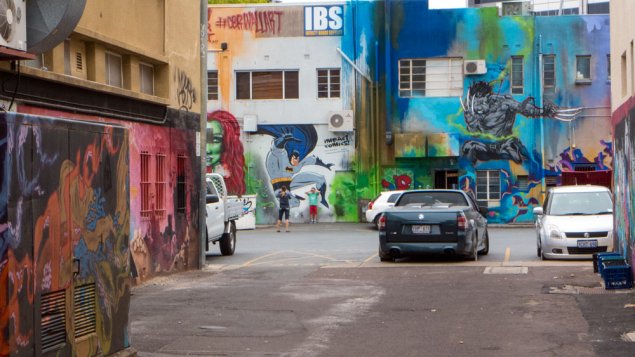
Back in the early 1970’s a new Big Idea confronted the government bureaucrats. Until then, cafés in Canberra (and indeed in most places in Australia), did not have outside tables. The bureaucrats were worried that if people were seated outside then flies could get into the food and pedestrians would be at risk if tables and chairs cluttered the sidewalks.
Gus Petersilka was from Vienna and could not understand why tables were not allowed outside. Rather than heeding the restrictions of the planning bureaucrats, he pursued his Big Idea and placed tables outside his café, Gus’s Café. The bureaucracy responded by raiding the place in the early hours and taking away all the furniture. It made for great headlines and the public responded in support of Gus. After more unbelievable episodes like that and more raids and lots of public protests about the stupidity of the planners, the politicians agreed to the radical step of having outside tables.
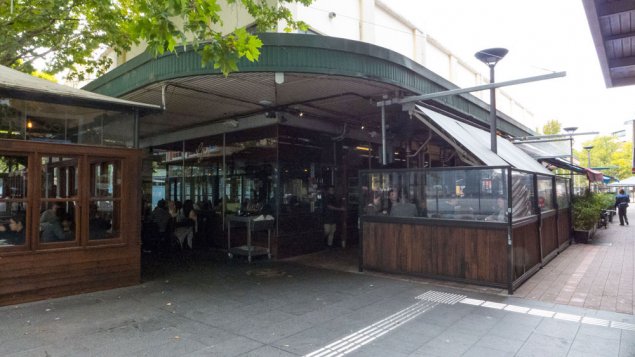
Next time you walk around Civic, think about the battle that Gus won and what Civic would look like if the planning bureaucrats had been allowed to maintain their precious planning legislation. There’s a plaque near Gus’s Café to honour him but it does not mention the early morning raids and the attitude of the planning bureaucrats to change (heard that before?).
In the end it was the growth in cafes, complete with outside tables (thanks to Gus) that brought life back into some areas of these plazas. However the people still flock into the big box and the outside precincts continue to struggle.
In recent years we have seen several special events staged in Civic in the hope of getting people back into the area. The trouble being that while these have been successful as social events, they have done little to encourage the daily shoppers away from the mall.
The government continues to do the right thing to make the open areas attractive but this has had very limited impact. Our politicians’ big problem is that the buildings themselves are overdue for refurbishment but that these are owned by finance companies that are not rushing to upgrade.
Civic has become an urgent urban planning problem for the ACT Government. The planning bureaucrats have seriously struggled to work out how to begin to address the problems their predecessors and the property industry have passed down to them. The best they have done is to fly in a continuous stream of international and interstate experts in the hope that someone will eventually drop that Big Idea.
————————————————————————–
Creating a future vision for Civic
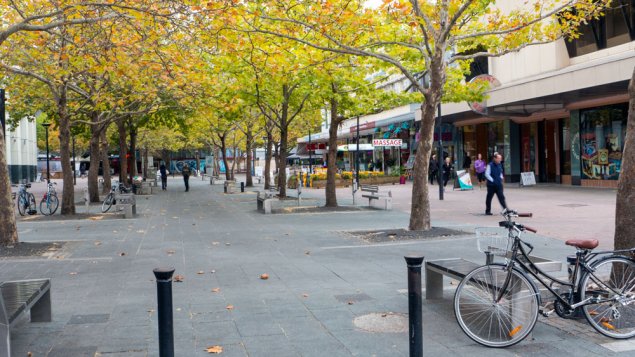
There are loads of documents, reports and expert forums regarding the future of Civic. There is an abundance of pretty pictures, bad graphics, meaningless flowery statements and far too much powerpoint planning rhetoric – but what we need is action.
A recent Property Council report emphasised the need for less regulation and more government financial assistance for developers in the area. Is that what others call rent-seeking?
Last year, a forum on rejuvenating Civic was presented by Big Ideas on the ABC. An expert panel was asked how to breathe new life into what was described as the tired centre of Canberra. The experts came out with some gems, including:
- Doing away with the pedestrian areas and bring back cars to the streets (I recommend that the academic who suggested this idea read this article on how cities outgrew the automobile)
- Proceeding with the City to the Lake development, on the grounds that even though it is to be way over to the west of Acton, it will somehow bring people into Civic
- Arguing that Civic’s future is already being guided by an expert panel called Civic CBD Ltd (that’s the property sector)
There is not much on offer from all these reports and forums. And I do wonder why Civic was not made-over before money was spent on the development of the new CBR branding.
While Civic remains dominated by a big box mall with sad precincts attached, it is no surprise that there was a marketing problem when the chief minister visited Singapore to talk up business opportunities. What did the planning bureaucrats think would happen when the minister’s overseas guests walked around Civic and observed an absence of people?

The planning bureaucracy is constantly flying in experts who speak earnestly in the current urban planning language. The experts are here for a day, drop a few ideas, do some local media and then head home. The planning bureaucracy gains a few new words to use in their reports to the minister for urban renewal – the chief minister. I hope he has been impressed?
The debate is dominated and led by the property sector. Their predecessors would have argued that Civic, then a series of pleasant and busy pedestrian plazas, had to have an oversized mall, the Canberra Centre. Collectively the experts, the bureaucrats and lobbyists avoid any discussion about the major obstacle to the rejuvenation of Civic, the Canberra Centre, nor do they mention the impact of the massive box on surrounding precincts.
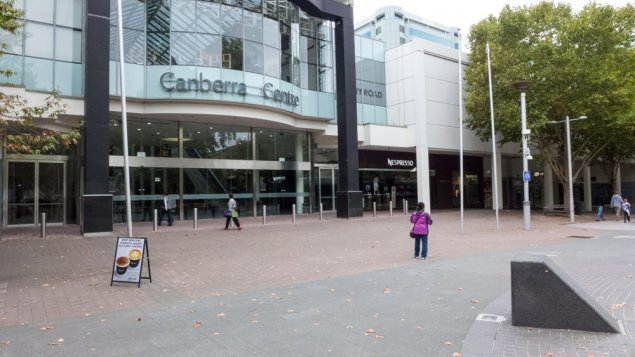
The current trend, as experienced in Yarralumla, Dickson and elsewhere, is to throw token opportunities to the community for their input and then the planning agencies use their suite of questionable planning codes to open up opportunities for the property sector.
Sadly the perception remains that there is no leadership from the government (or its bureaucracy or other sectorial interests) on how Civic could become a sustainable urban space with new aesthetically pleasing developments that address climate change adaptation and provide locals with a city centre to be proud of.
Canberra is a culturally rich city with a huge numbers of people with an extraordinary range of interests and expertise. Our politicians are not engaged with – and do not empathise with – these people. Our politicians are viewed as being walled in behind layers of advisors, lobbyists and bureaucrats.
The ACT Government needs to work around their entrenched bureaucrats and lobbyists and link directly with the layers of creativity and intelligence in this city. Some form of action is required whereby creative ideas are welcomed, talked about and then sorted through to form a vision for Civic.
Informed creativity is urgently required to be engaged and to formulate a vision for the centre of Canberra. One Big Idea will not do it this time!
I remain optimistic that our local elected politicians could rise to this important urban challenge. Is the Chief Minister ready to take up the challenge?
——————————————————
How can Civic be rejuvenated?
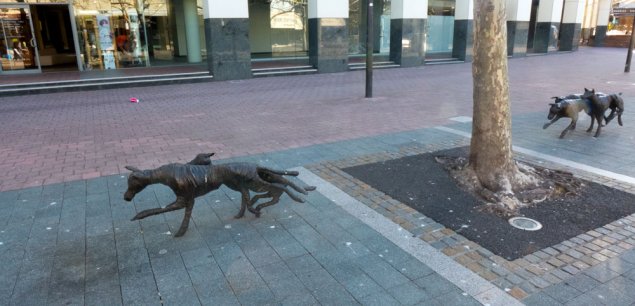
Urgent action is required by the ACT Government to see Civic regain its position within Canberra as a popular centre, a place with its own character and charm and a precinct that attracts locals and visitors. Having previously outlined the issues behind Civic’s decline, it is timely to open up the debate with some ideas on Civic’s overdue rejuvenation. Hopefully there will be other ideas.
The open plaza areas of Civic should be renamed as the Civic Village Precinct. The Civic Village encompasses the areas bounded by East Row/Mort Street, into Bunda Street, then Petre Plaza till it meets City Walk, then to Akuna Street onto London Circuit.
Developments within this precinct should be guided by a new set of design principles to ensure that the Civic Village develops a unified attractive character suitable for the centre of Canberra. This precinct needs to have a people friendly atmosphere with a targeted range of commercial outlets, new amenities and activities and a substantial increase in residential apartments.
The civic precinct must not be allowed to descend into a zone dominated by high-rise bland boxes with the boring and unfriendly plazas. It is absolutely mandatory that the Civic Village guidelines and subsequent legislation address sustainability issues with the emphasis on climate change adaptation.

(the image above is of Chatswood in Sydney)
The project is to be overseen by the Committee for Civic established to develop a detailed vision and a Civic Village master plan, that is to be subsequently linked to legislation. The panel must be composed of a range of interests and expertise and not have anyone who may benefit directly (make money) from the outcomes.
This Committee for Civic model is proposed to deal with the common perception that the government’s planning and development agencies and their processes are not respected by the Canberra population. The Committee is not to be dominated by the property sector as is the present Civic management panel – CBD Ltd.
Resident groups across Canberra despair about the culture of the ACT Government’s planning agencies and long for a friendly, transparent and humane way of doing the business of planning and development. The Committee for Civic must therefore engage with all interested parties, including the property sector.
It is time to try something different. The Committee for Civic is to be answerable to ACT Legislative Assembly and is to be charged with setting design and development guidelines that cover this precinct’s planning and development including an aesthetic design guide. These guidelines, once accepted by government, are to be incorporated by the Planning Authority into new planning legislation specifically for the Civic Village Precinct.
One obvious challenge for the Committee for Civic is to deal with the dominance to one side by that big box mall. The plazas and their buildings need to be rejuvenated to become an alternative experience to the mall. This will mean encouraging a different range of shops so as not to duplicate of the style of outlets in the mall, being mostly fashion.
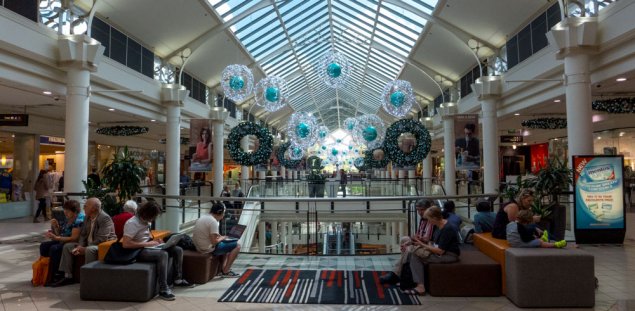
The hindrances to updating Civic are the current restrictive and inadequate planning legislation (overseen by ACTPLA) and that most of the buildings are owned by finance companies and developers who have shown little desire to upgrade their building stock (market forces at work).
The brief should allow for high-rise in some areas of Civic. No, this is not a call for developers to go crazy with their high-rise towers of bland boxes glass and steel (sorry guys and gals).
Where possible, remaining plaza level building frontages are to be enhanced as low rise. This would apply to those remaining low rise buildings along City Walk, Garema Place and Petrie Plaza. The owners would be ‘encouraged’ (a polite way of saying forced) to renovate their street frontages in line with the new Civic Village design guidelines. Where possible some limited higher levels (4 stories?) could be built behind in such a way not to send any shadows into the plazas or to become visually dominant.
The possibility should be explored to see if service lane-ways could be redeveloped to have well designed and attractive eight stories apartment buildings (a challenge) built behind the lower buildings. These open alleyways would then become covered service lanes with the buildings above containing well designed apartments (that challenge again). They should be real apartments not the tiny bed-sits and one-bedroom cupboards adored by many developers (but not lived in by developers).
A limited number of stand-alone cafes and small shops should encouraged into the centre areas of the plazas along with a well designed parent friendly children’s playground. The number of trees in and around the open spaces must not be reduced. Some trees may have to be removed to allow for new facilities, but the total number and the amount of shade should be maintained – if not increased – through replacements.
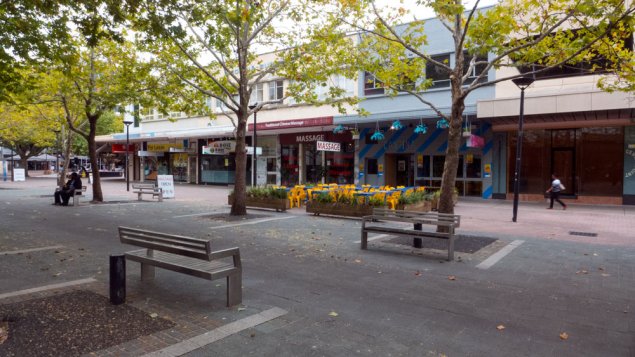
There are many more ideas to be included – here is one selection: Solar panels on all buildings; Bunda Street for service vehicles only; more lockable spaces for bicycles; real gardens with flower beds; the centres of City Walk and Petrie Plaza redesigned for regular markets; encourage a different range of shops to the usual box mall variety; more public art to add character; and some previous events should no longer be staged in these Civic plazas (more on this in a future post).
There are loads of other ideas out there and bringing these together needs to be the major task for the Committee for Civic.
The biggest challenge is to engage the creative expertise within the Canberra community given that residents continue to have bad experiences on planning and development matters and most would rather get on with their lives than have contact with the dreaded planning agencies.
The other challenge is to get ACT politicians motivated (we can try) and committed to real actions on behalf of the people who may elect them at next elections – which are not far away!
——————————————–
Note one: the high rise photo is of Chatswood in Sydney – a shopping area being crowded out by high-rise.
Note two: Melbourne initiated a Committee for Melbourne decades ago and this led to many initiatives – most successful but not all. It is now dominated by corporate suits at the exclusion of the wider community sectors. This needs to be avoided.
Note Three: This piece was written before the Bunda St Shareway was opened so any reaction to this was not included. Comments will follow in another post.
The above was originally posted on RiotACT in three parts: One, Two and Three
—————————————-
Paul Costigan